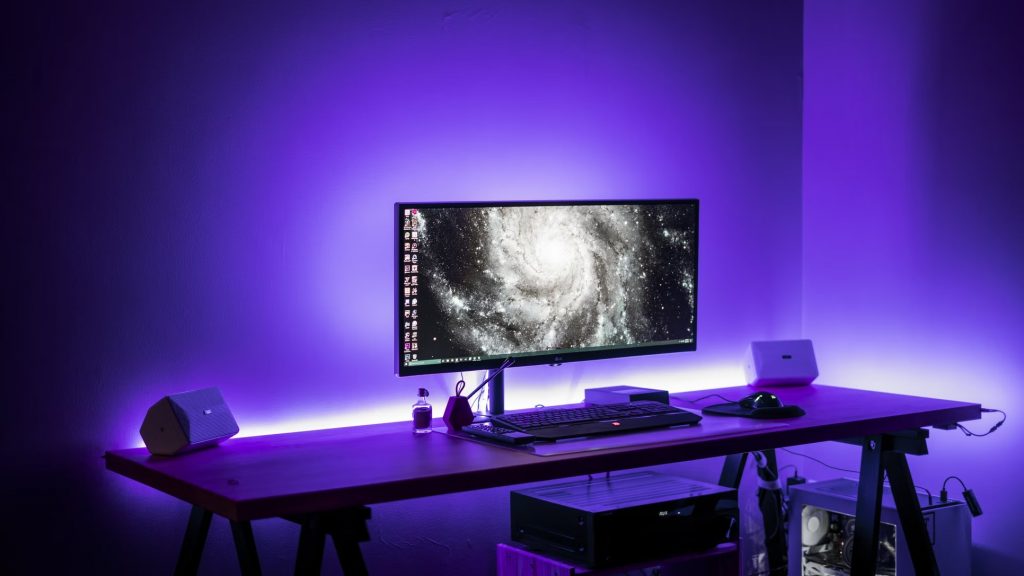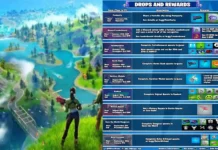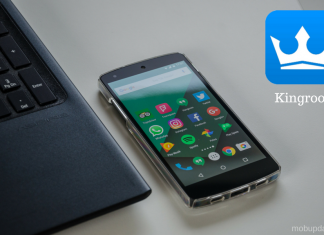Modern gaming is set for a few exciting updates in the coming years. Both VR and AR found their footing as affordable hardware rolls out, and new gaming giants have started to compete with longstanding companies like Microsoft, Sony, Tencent, and Nintendo.
So far, industry analysts are predicting that the future of gaming will involve mobile ports for top titles, highly immersive experiences fueled by AR, and more visibility and traction for indie games. And with a market worth of almost $220 billion in 2021, according to Newzoo, the global gaming industry will continue to funnel resources into the latest frontier.
Recent Released: cfms.ap.gov.in login portal 2022
One of the newest shifts in the market comes from cloud gaming. The concept is simple: remove the need to download games and let players stream a game to their device. The first attempts were launched in 2005 by a group called G-Cluster for PC games, but the free-to-play model soon interrupted their efforts.
Despite the rise of many subscription gaming services, the path toward comprehensive cloud gaming is still a few years out—even with Google Stadia and Amazon Luna now taking a swing at partial cloud gaming. So, which is the best option for gamers: downloading or streaming? Let’s take a closer look.
Downloading: Customization & Total Access
Downloading titles is the easiest way to ensure a seamless gaming experience. This includes relying on disc hardware for consoles that still run them. By downloading a game or owning the disc, a gamer has complete and total access to the title. This is also true for non-traditional video games like poker.
For example, the PokerStars’ downloadable software allows personalization for creating home games. This means users can access the company’s official platform in order to host games between friends remotely. Players can keep track of statistics, manage their club’s tools, and save their favorite table setups.
Another great example of personalization is the Nintendo Switch. The handheld console allows gamers to set up multiplayer modes for some of their most popular titles, including Super Smash Bros. andMario Kart 8 Deluxe. They’re able to play alone, compete with friends, or battle strangers in MMO setups.

Streaming: Limited Options & Outlook
Clearly, downloading software and relying on hardware for gaming is today’s most reliable option for access anytime, anywhere—even with remote friends. However, streaming looks to be the future of gaming, as it will alleviate the challenges of hardware glitches, large-scale manufacturing, and global distribution.
Still, streaming faces challenges related to the huge amount of bandwidth required to stream games. After all, most PC gamers are still using ethernet for a streamlined connection. However, though the progress has been slow, the cloud gaming platforms are improving year over year.
Amazon Luna offers a channel-based platform for game streaming. Though not all gamers have been impressed with its suite of playable games, Amazon Luna comes with its own Wi-Fi connection, which alleviates issues related to bandwidth. Google Stadia, meanwhile, has hit roadblocks by not allowing downloads for purchased titles.
Nvidia GeForce Now has performed well with critics. The platform lets gamers stream directly from their own libraries. Though the company nixed Blizzard titles last year, they do allow ray tracing, which improves the lighting graphics in a game.
Hybrid Streaming Services: Meeting in the Middle
With so many changes on the horizon in relation to cloud gaming, it’s unsurprising that some of the top platforms haven’t jumped directly into the streaming hype. For now, the most robust options for gamers include the hybrid streaming services on offer from Sony and Microsoft.
The Xbox Game Pass Ultimate, for example, lets both PC and console gamers access a huge selection of titles for a monthly fee of $15. The games rotate regularly, just like shows and movies on Netflix. For now, Microsoft only allows game streaming on Android devices, treating it like a beta project. This also lets gamers try out cloud gaming at their own rate without fully opting in.
Sony PlayStation Now acts similarly, providing gamers with access to a library of hundreds of titles. Unlike the Microsoft streaming service, PlayStation offers a long backlog of its most popular titles, which makes it a great fit for gamers interested in reliving their favorite titles from a decade ago.







































 Online casino
Online casino